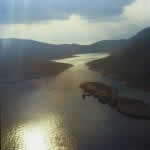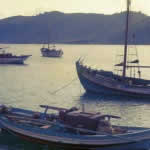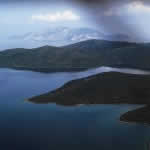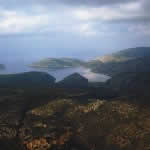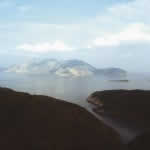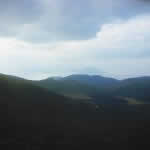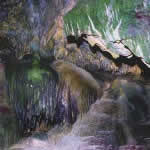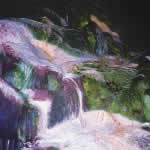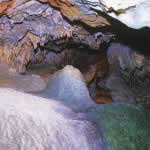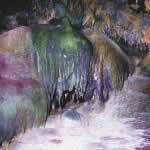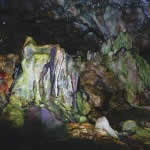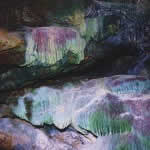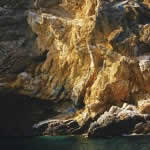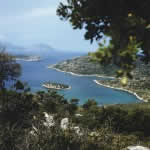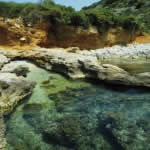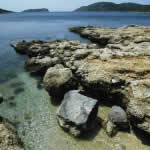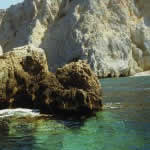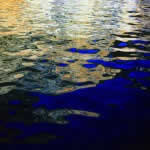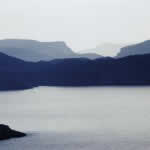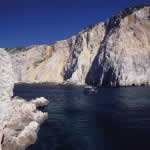In the conception of early human civilization there existed nothing supernatural because the spiritual dimension was an essential part of the natural world. Hence holiness, if defined as the essence of the natural, existed before mankind began to recognize and to distinguish the qualities of the spiritual versus the natural world. So it remains a matter of definition if holiness (or sacredness) should be regarded as a quality per se or of human making.
If we were trying to reflect upon the initial stages in the relationship between small-size („tribal“) societies and their natural environment we got to retreat to places that remained unaffected by ideologies and ways of life opposed to the understanding of holy or spiritual being universal – and not just distinct attributes of mankind.
The island which now bears the name of Kyra Panagia had remained such virgin place; it retained the very holyness that has no human history: a sanctuary of the all-natural and all-spiritual in a timeless synthesis.
People must have lived in the realm of this archipelago since the dawn of mankind (cf. the article about Gioura).
When Athanasios the Athonite acquired the island as a subsidary for his first foundation on Agion Oros, the I.M. Megisti Lavra, one millenium ago, he must have sensed this immaculate holyness that embodied the entire place (- and other islands in the vicinity). The first monastery on the island was erected on a ridge above what is now Ag. Petros Bay.
The monastic history of Kyra Panagia and the traditional land utilization will be covered by two separate articles.
My intention in this presentation here is evident: It is to illustrate the immense values and incredible beauty of Kyra Panagia as the comparatively largest island in the Aegean without traces of modern impacts: no roads, no new buildings… At least that was the stage of affairs at the time I proposed the Marine Park in 1976.
Since then, after the legal declaration of the Marine Park, massive waves of destruction tried to penetrated also Kyra Panagia:
- A huge holiday resort project persued by a consortium of celebrities/billiardairs,
- road building by the Megisti Lavra,
- massive, illegal over-grazing and destruction of woodlands by domestic goats.
There is no place in this country that can be regarded as being absolutely safe.
And the proclaimed holiness eventually may as well evaporate into thin air.
Who cares…and who might undertake any steps to preserve what only in the Government Gazette but no-where-else, in real terms is effectively protected.
